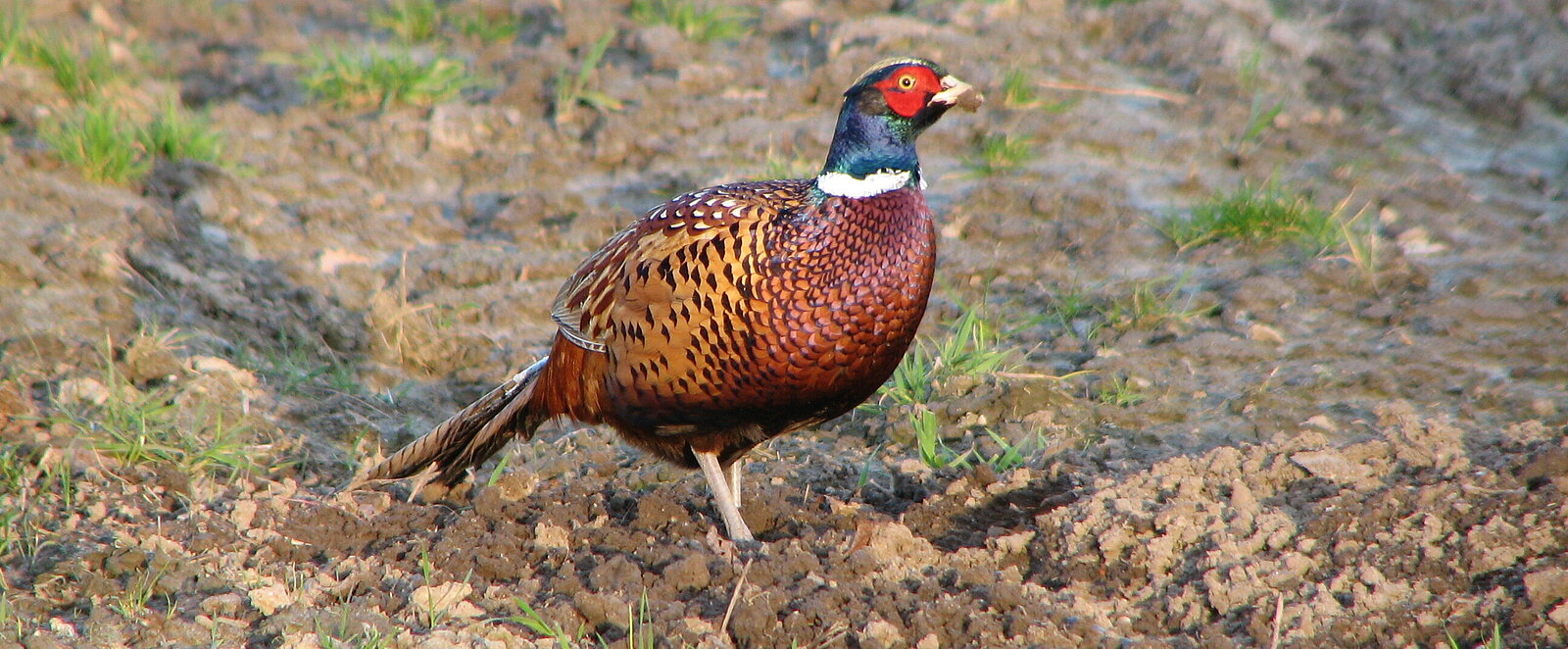
Project data
| Project data | |
|---|---|
| Project leader: | Prof. Prof. h. c. Dr. Ursula Siebert |
| Scientiffic staff: | Dr. Ulrich Voigt |
| Project term: | January 2020 until March 2024 |
| Sponsorship: | Ministry of Food, Agriculture and Consumer Protection of Lower Saxony |
Project description
The present investigation concept aims to assess the habitat improving measures created in model regions for the target species common pheasant and European hare in the ecological context, in order to effectuate them later in a variety of areas upon positive effects. As a result, populations of the target species could be stabilised on a long-term basis and potentially enabled to increase. Furthermore, the experiences and results of the investigations applied for may contribute to an improvement of existing agricultural conveying systems. It is possible that habitat improving measures do not only have positive effects on the target species, but also conduce to a total biodiversity increase altogether. Therefore, the research approach outlined here is consistent to earlier studies and shall yield practical solution approaches and recommendations for agriculture and hunting, which contribute to an improvement of habitat quality for the target species. In addition, recommendations for an improved predator hunting can be issued from the results.
The following questions shall be pursued with the present investigation concept:
a. Which landscape elements are utilised by pheasants and hares during the course of the year and which time slices do these wildlife species spend there?
b. Is there a seasonal preference depending on the supply of landscape elements or the habitat improving measures, especially during the breeding period or hibernation?
c. How will the habitat improving measures be utilised by predators during the year and how can they be interpreted in association with ecological traps?
d. Will predators frequent the margins of strip-type arranged measures more often than their centre? Is it possible to derive minimum widths and lengths from them for these measures?
e. Can the population development of European hare and common pheasant be illustrated sufficiently in the concerned areas and which impact do the single measures have in the context of population development?
f. How do other selected agricultural bird species react to the establishment of habitat improving measures?
g. Literature assessment about spatio-temporal behaviour of European hare, predators, common pheasant, grey partridge and other agricultural birds with regard to habitat improving measures?
h. What can be recommended for an improved habitat structuring for small game, especially in the light of integration into national and international agricultural conveying systems?
i. What can be recommended for an improved predator hunting?
Contact person
University of Veterinary Medicine Hannover, Foundation
Institute for Terrestrial and Aquatic Wildlife Research
Bischofsholer Damm 15
30173 Hannover
Dr. Ulrich Voigt
Tel.: +49 511 856-7549
E-Mail


